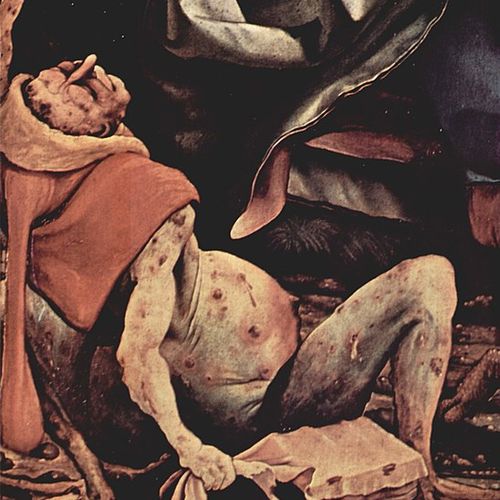
| Added | Fri, 14/07/2023 |
| Sources | |
| Феномены | |
| Version type |
Ergoticism (from fr. ergot "ergot") — poisoning of humans and animals with ergot alkaloids trapped in flour from rye grains and some other cereals infected with sclerotia. It is especially difficult to detect infection in dark rye flour.
Ergotism also occurs due to an overdose of ergot preparations (for example, ergotamine hydrothartrate) with their prolonged continuous intake in large doses.
Alkaloids cause muscle contractions; high doses of them lead to painful death, low — to severe pain, gangrene, mental disorders, aggressive behavior.
Initial manifestations: gastrointestinal disorders, headache, fatigue. In severe cases, after a few days, so-called ergotine psychoses develop, which are characterized by a clouding of consciousness (twilight state, delirium, i.e. an influx of bright visual hallucinations, sensory imaginative delirium and motor arousal), anxiety, fear, anxious, depressed mood, etc.
There are two forms of ergoticism: gangrenous (lat. ergotismus gangraenosus) — "St. Anthony's fire" ("Anthony's fire", "sacred fire") (accompanied by a violation of trophic tissues due to narrowing of capillaries in the extremities) and convulsive (Lat. ergotismus convulsivus) "the witch's writhe."
Picture Matthias Grunwald, with an image of a patient suffering from severe ergotism. The beginning of the XVI century.
Log in or register to post comments

